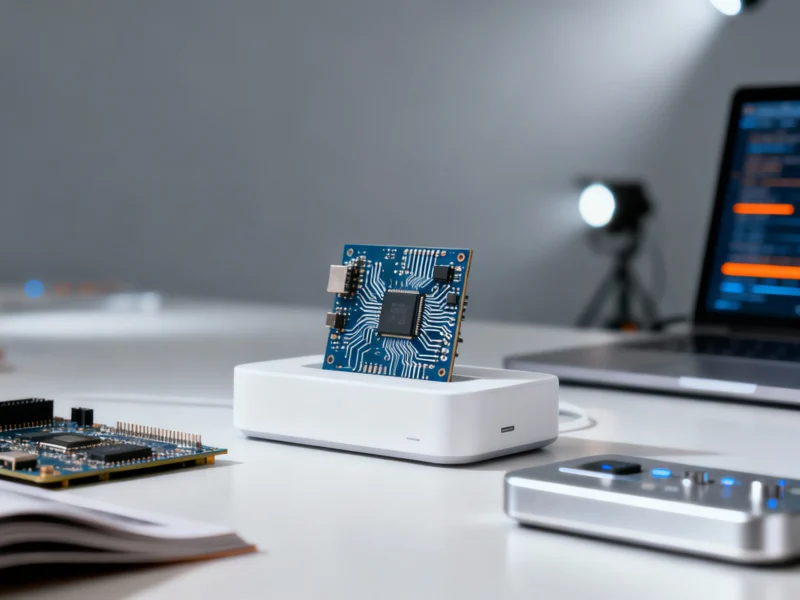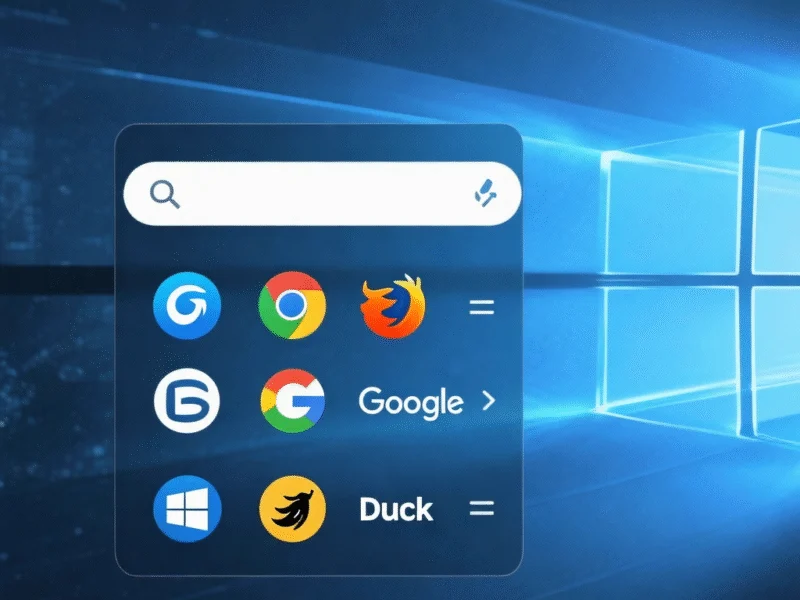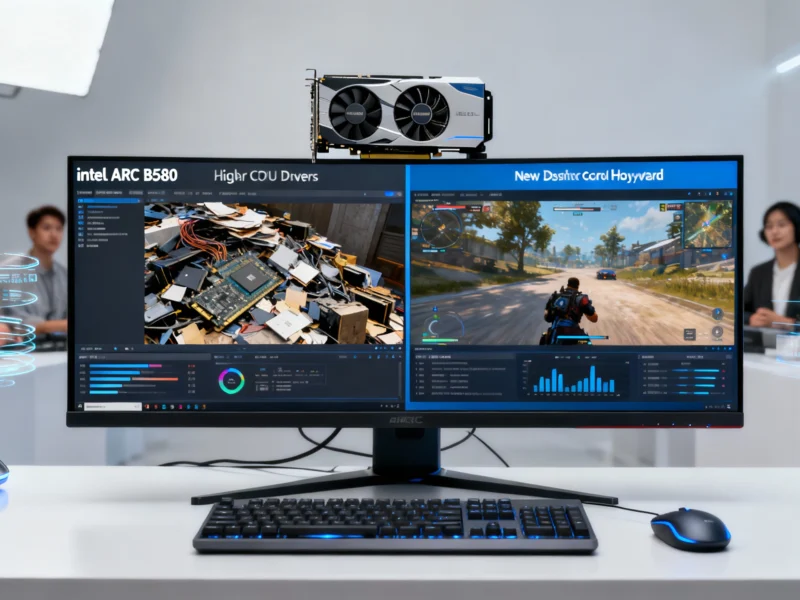Microsoft is reportedly targeting a 2027 release window for its next-generation Xbox console, according to leaks from industry insider Moore’s Law is Dead. The upcoming system, powered by a custom AMD Magnus APU, would position Microsoft’s console as a premium alternative to Sony’s PlayStation 6, with both systems potentially launching in the same year according to recent rumors.
Leaked Specifications Point to Performance-Focused Design
The AMD Magnus APU represents a significant generational leap from current Xbox Series X hardware, featuring advanced architecture designed to push console performance boundaries. While final clock speeds remain unconfirmed, leaked specifications suggest Microsoft is exploring configurations that could reach GPU clocks above 3GHz and CPU cores exceeding 6GHz in extreme scenarios. These targets would require substantial cooling solutions, with thermal design power potentially reaching 350W according to the analysis.
Microsoft’s approach appears focused on delivering measurable performance improvements over competing systems while maintaining console-appropriate power consumption. The company previously adjusted clock speeds for Xbox Series X during development, suggesting similar optimizations could occur with the next-generation system. Industry analysts note that balancing performance with thermal management and manufacturing costs remains the primary challenge for console manufacturers pushing hardware boundaries.
Comparative Performance Against PlayStation 6
Early performance projections suggest the Xbox Next would deliver approximately 30% faster performance than Sony’s PlayStation 6 in optimal configurations. This differential would translate to practical benefits like higher frame rates—potentially 144 FPS versus 120 FPS at 4K resolution with ray tracing enabled. However, industry experts question whether such differences would be noticeable to most consumers playing on standard television displays rather than high-refresh gaming monitors.
The performance gap reflects Microsoft’s apparent strategy of positioning its next console as the premium option in the console market. This approach mirrors the company’s current Xbox Series X positioning against PlayStation 5, though the performance differential between next-generation systems appears more pronounced according to leaked specifications. Both companies face manufacturing challenges related to advanced chip fabrication processes and global supply chain considerations that could ultimately affect final specifications.
Industry Context and Source Credibility
Moore’s Law is Dead has established credibility through accurate leaks about Sony’s PlayStation 5 Pro and the PlayStation Spectral Super Resolution technology. The YouTube channel cites multiple unnamed sources within Microsoft’s partner ecosystem who indicate the company has become more open about its 2027 timeline following earlier APU leaks. However, the source acknowledges that track records aren’t perfect and recommends treating all unconfirmed information with appropriate skepticism.
Microsoft’s console development typically involves close collaboration with AMD on semi-custom APU designs optimized for gaming workloads. The company’s partnership with AMD has proven successful across multiple console generations, providing the graphics and processing foundation for Xbox systems since 2013. Industry analysts suggest that both Microsoft and Sony face similar technological constraints related to power efficiency requirements and manufacturing economics that will influence final console specifications.
Market Implications and Consumer Impact
A simultaneous 2027 launch for both major consoles would represent the closest release timing in gaming history, potentially creating unprecedented competition in the console market. This timing could accelerate the transition from current-generation systems and push developers to create games that fully leverage the new hardware capabilities. The performance-focused approach suggested by leaks aligns with Microsoft’s broader gaming strategy emphasizing technical superiority and backward compatibility.
For consumers, the rumored specifications suggest next-generation consoles will further blur the line between console and high-end PC gaming. Features like 4K gaming at triple-digit frame rates with advanced ray tracing were previously exclusive to expensive gaming PCs. The Digital Foundry analysis team has documented the steady convergence of console and PC gaming capabilities, with next-generation systems potentially closing the gap further. However, practical benefits for most gamers will depend on television technology adoption and developer implementation of advanced features.
As the gaming industry prepares for another generational transition, Microsoft’s rumored 2027 timeline suggests the company aims to maintain competitive pressure on Sony while potentially leveraging its growing portfolio of first-party studios and Xbox Game Pass subscription service. The success of this strategy will depend on final pricing, exclusive content, and whether the performance differential proves meaningful to consumers when both systems launch.



